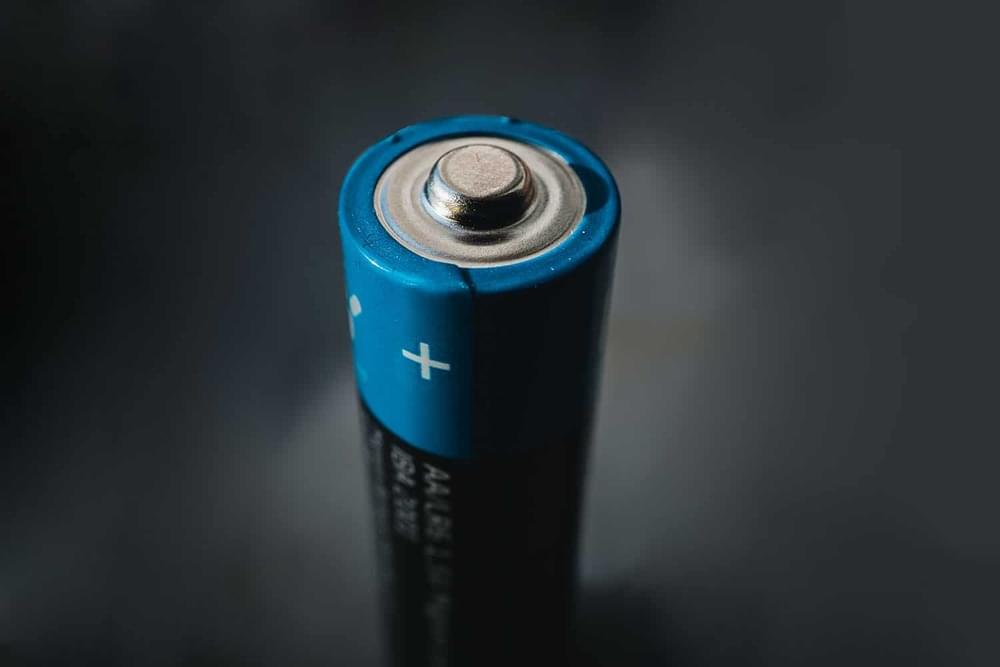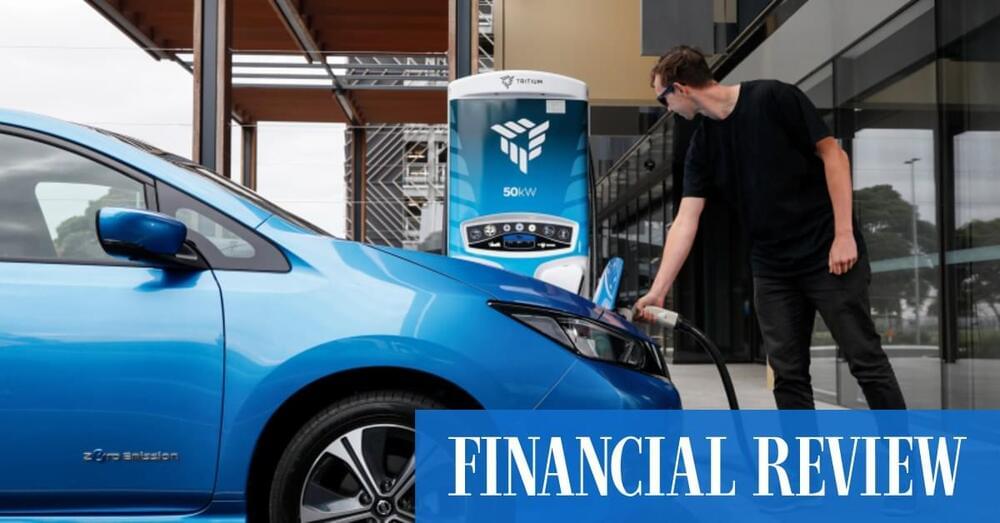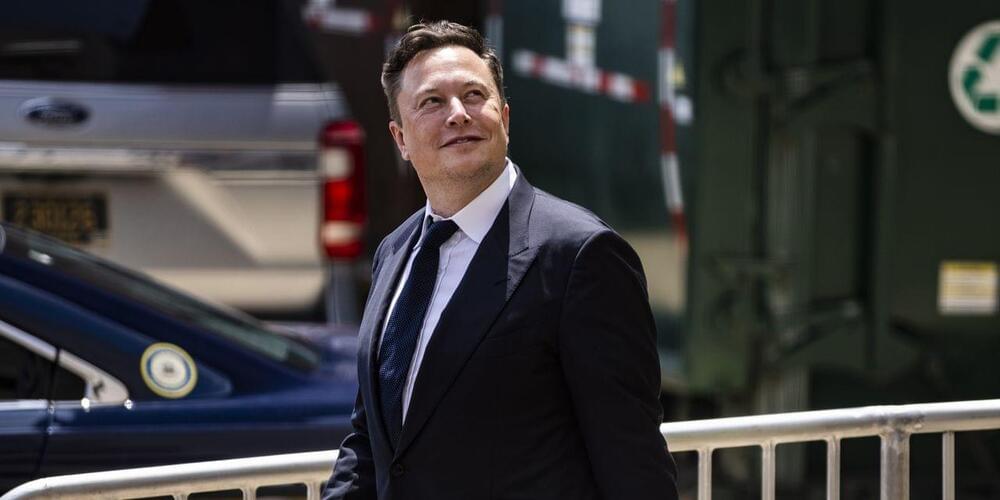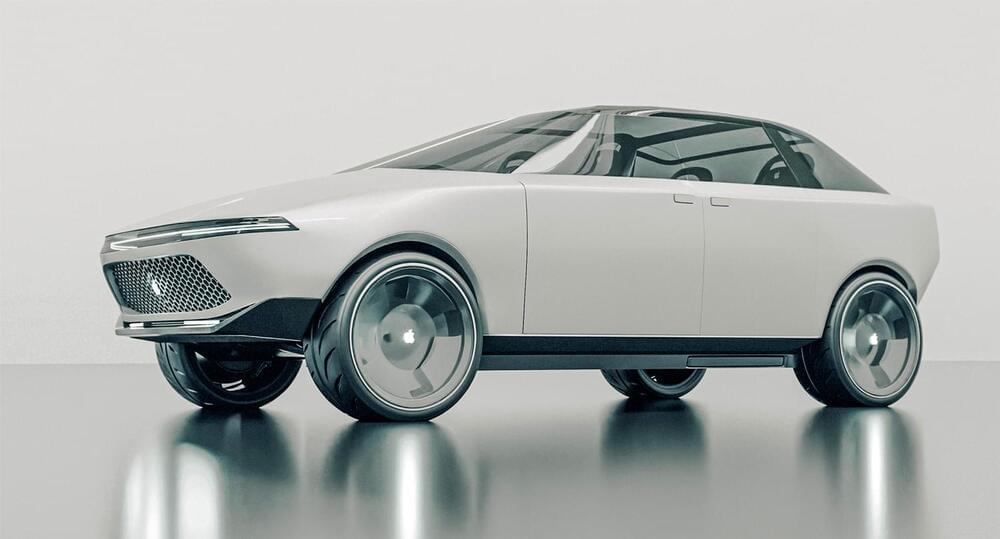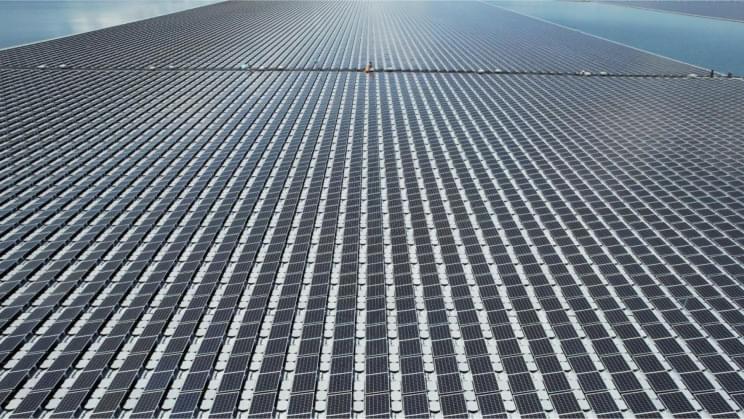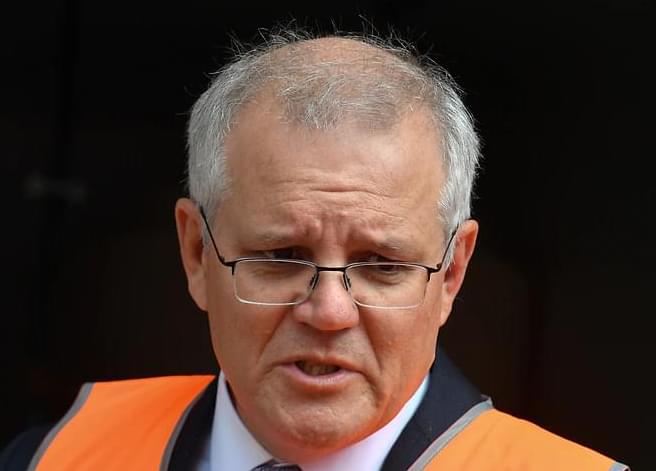Scientists at Oak Ridge National Laboratory (ORNL) have developed a scalable, low-cost electrochemical pulse method to improve the contact between layers of materials in solid-state batteries, resolving one of the big challenges in the commercial development of safe, long-lived energy storage systems. The new technology could pave the way for electric vehicles and smartphones that work much longer with each charge.
One of the challenges in manufacturing solid-state batteries is the difficulty of getting materials to properly join and remain stable during repeated cycles of charging and discharging. This leads to instability in the joints and causes the formation of voids, something known as contact impedance. Applying high pressures is one way to solve this problem, but that process can lead to shorting and would need to be re-applied periodically to extend the battery’s life using an expensive aftermarket application.
ORNL scientists have found that they could eliminate these voids by applying a short, high-voltage electrochemical pulse when joining layers of lithium metal anode material with a solid electrolyte material. These pulses see a current surrounding the lithium metal-encased voids and cause them to dissipate, leading to increased contact at the interface of the materials while resulting in no detrimental effects.
